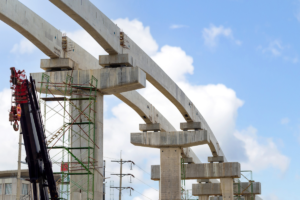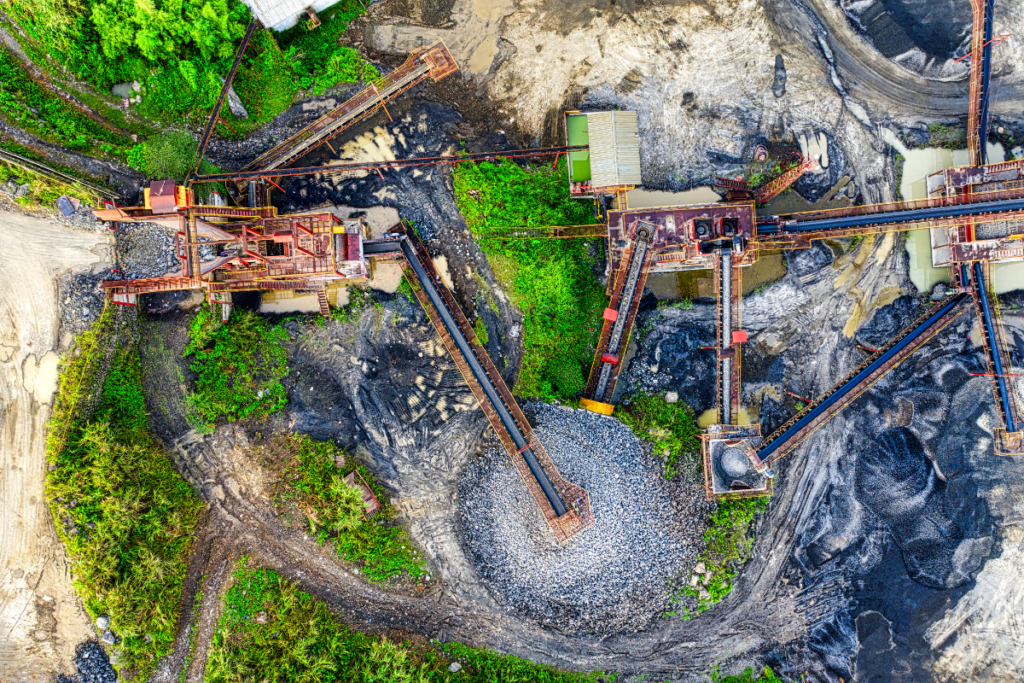 Introduction to Infrastructure Moisture Protection Estimating:
Introduction to Infrastructure Moisture Protection Estimating:
In large-scale construction projects, safeguarding infrastructure from moisture damage is crucial for ensuring durability, safety, and long-term performance. Infrastructure moisture protection estimating plays a vital role in determining the appropriate measures and costs required to prevent water infiltration and moisture-related issues in various construction phases. Whether working on bridges, roads, tunnels, or large commercial buildings, accurately estimating moisture protection costs is key to preventing costly repairs and maintaining structural integrity over time.
This article will delve into the importance of infrastructure moisture protection estimating, the methods and factors influencing cost calculations, and tips for improving the accuracy of your estimates.
Importance of Infrastructure Moisture Protection
Moisture-related problems are one of the leading causes of infrastructure deterioration. Water infiltration, if not properly managed, can lead to issues like corrosion of steel reinforcements, cracking of concrete, mold growth, and structural weakening. By implementing moisture protection solutions such as waterproofing membranes, drainage systems, and moisture barriers, you can significantly extend the lifespan of infrastructure projects.
For engineers, contractors, and cost estimators, infrastructure moisture protection estimating is essential to determining the correct waterproofing materials, installation costs, and maintenance measures required to protect against water damage. Proper planning and cost estimation can reduce potential risks, prevent unexpected project delays, and ensure long-term infrastructure sustainability.
Key Components in Infrastructure Moisture Protection Estimating
Several key factors contribute to the overall moisture protection costs of an infrastructure project. Understanding these factors will help you develop more accurate estimates and avoid surprises during project execution.
1. Type of Infrastructure
Different types of infrastructure—such as highways, bridges, tunnels, and buildings—require varying levels of moisture protection. For example, tunnels may need extensive waterproofing systems due to constant exposure to groundwater, while bridges require protective coatings to prevent corrosion of steel components. Understanding the specific moisture protection needs of the project type is essential when estimating costs.
2. Geographical Location
The location of an infrastructure project plays a significant role in determining the level of moisture protection required. Areas with high rainfall, groundwater levels, or flood risks demand more robust waterproofing systems. Additionally, projects located in regions with freeze-thaw cycles may need extra insulation and moisture control to prevent damage from expanding ice.
3. Soil Conditions
The condition of the soil around the project site affects water drainage and moisture accumulation. Estimators need to assess soil permeability, groundwater levels, and potential water flow paths to recommend suitable drainage solutions. Projects in clay-heavy or impermeable soils may require more advanced moisture protection methods, leading to higher costs.
4. Materials Used
The selection of moisture protection materials, such as membranes, sealants, and coatings, significantly influences the total cost. High-quality waterproofing materials may come with a higher upfront cost, but they offer better protection and durability over time. Additionally, the method of installation, whether it’s a spray-applied membrane or a sheet-based system, can affect labor costs and overall project timelines.
5. Labor Costs
Moisture protection systems require specialized labor for installation, especially in large-scale infrastructure projects. The complexity of the installation process, combined with the need for skilled workers, impacts the total labor cost. For instance, complex membrane installations in underground structures may require additional labor hours and equipment, increasing the overall project cost.
6. Environmental Regulations
Infrastructure projects often need to comply with local environmental regulations and standards regarding moisture protection. These regulations may dictate specific materials, techniques, and protection levels, impacting the overall cost. Ensuring compliance with these regulations during the estimating phase will prevent fines and delays during construction.
Methods for Accurate Infrastructure Moisture Protection Estimating
To ensure a comprehensive and accurate moisture protection estimate, it’s essential to follow a structured approach that includes various estimation methods and tools.
1. Detailed Site Analysis
Conducting a thorough site assessment is the first step in creating an accurate estimate. This involves studying the project’s environmental conditions, soil quality, and moisture risks. With precise data about the site, estimators can determine the appropriate protection solutions and cost estimates.
2. Breakdown of Materials and Labor
Create a detailed breakdown of the materials required, including their quantities and unit prices. Similarly, estimate the labor hours and workforce needed for installation. This breakdown allows for better cost tracking throughout the project.
3. Use of Estimating Software
Advanced cost estimating software can streamline the process of infrastructure moisture protection estimating. These tools allow for real-time adjustments based on material costs, labor rates, and other project variables. Many estimating programs also include pre-built templates for moisture protection, enabling estimators to make quick, accurate assessments.
4. Consultation with Experts
In some cases, especially in large infrastructure projects, it may be beneficial to consult with experts specializing in moisture protection systems. These experts can provide insight into the latest technologies, cost-effective materials, and innovative installation techniques that can improve the accuracy of your estimates.
Common Moisture Protection Solutions
Several types of moisture protection systems are available, each with its own benefits and cost considerations. When estimating the costs, it’s important to understand the differences between these solutions:
- Waterproofing Membranes: Applied to surfaces to create a barrier against water infiltration. These can be sheet-based or liquid-applied.
- Drainage Systems: Installed to direct water away from critical areas and reduce water pressure against the structure.
- Protective Coatings: Applied to steel and concrete components to prevent corrosion and cracking.
- Insulation: Used to prevent moisture buildup due to condensation in colder climates.
Final Thoughts on Infrastructure Moisture Protection Estimating
Infrastructure moisture protection estimating is a critical aspect of ensuring project success and longevity. By considering factors like location, materials, and labor, as well as leveraging modern estimation tools, you can create more precise cost assessments. This process helps prevent costly repairs, delays, and structural failures in the future.
Proper planning and accurate moisture protection estimates not only safeguard infrastructure but also protect your project budget from unexpected surprises.
Are you looking for the best estimating services in USA?
Look no further than “https://zionestimating.com”
They are offering top-notch services like;
- Construction/cost estimation
- Budget planning
- Material takeoff
- Equipment estimation
and further more!!!
Here are some more information for your convenience:
Phone no. : +1 718-427-9941 || +1 562-383-6177
Email:[email protected]
Visit their blogs and site
https://zionestimating.com for the latest updates and service tips!
